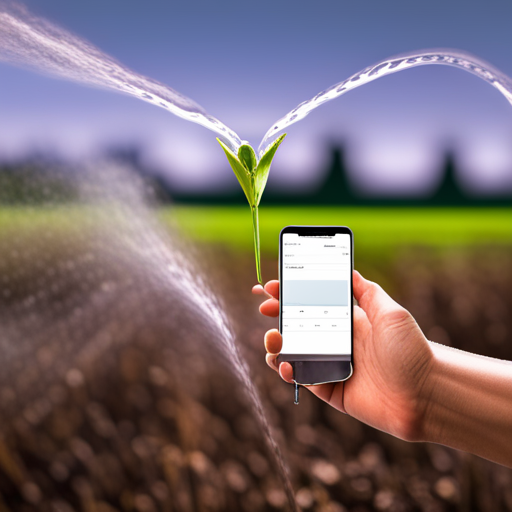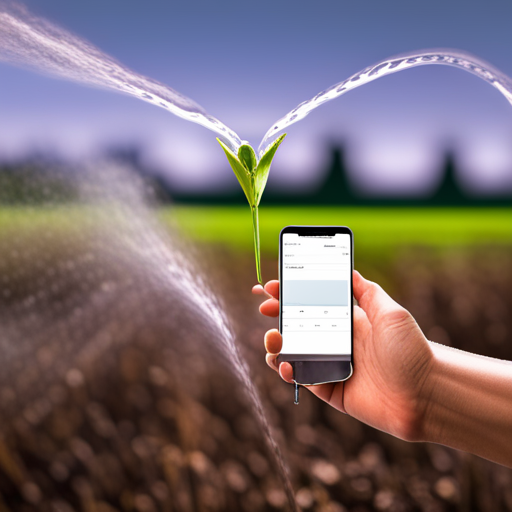
How do soil temperature and humidity sensors monitor soil?
we will explore how soil temperature and humidity sensors work and how they are used to monitor soil conditions.

we will explore how soil temperature and humidity sensors work and how they are used to monitor soil conditions.
Soil temperature and humidity are key factors in understanding and managing soil health and fertility. Monitoring these parameters allows farmers, gardeners, and researchers to make informed decisions about irrigation, planting, and crop growth. In this article, we will explore how soil temperature and humidity sensors work and how they are used to monitor soil conditions.

Soil Temperature Sensors
Soil temperature sensors are devices that measure the temperature of the soil at various depths. They provide valuable information about the thermal properties of the soil, which affects plant growth, microbial activity, and nutrient availability. There are several types of soil temperature sensors commonly used:
hermocouples: These sensors consist of two different metals joined together. When the temperature changes, a voltage is generated, which is then converted into a temperature reading. Thermocouples are durable and can measure a wide range of temperatures.
Resistance temperature detectors (RTDs): RTDs use a metal resistor whose electrical resistance changes with temperature. The resistance is measured, and the temperature is calculated based on the resistance-temperature relationship of the metal. RTDs are highly accurate but can be more expensive than other types of sensors.
Thermistors: Thermistors are semiconductor devices that change their electrical resistance with temperature. They are affordable and sensitive to small temperature changes, making them suitable for precise measurements. However, they have a limited temperature range compared to thermocouples and RTDs.
Soil temperature sensors are typically installed at different depths in the soil profile to monitor temperature variations across the root zone. This information helps determine the ideal planting time for specific crops, as well as the need for soil warming or cooling techniques.
Soil Humidity Sensors
Soil humidity sensors, also known as soil moisture sensors, measure the amount of water present in the soil. They play a crucial role in optimizing irrigation practices, preventing overwatering or underwatering, and maximizing water-use efficiency. There are various types of soil humidity sensors available:
Tensiometers: Tensiometers measure the tension or suction force required to extract water from the soil. They consist of a ceramic cup filled with water and a vacuum gauge. As the soil dries out, the water is drawn out of the ceramic cup, and the gauge indicates the soil moisture level.
Capacitance sensors: These sensors measure the dielectric constant of the soil, which is related to its water content. Capacitance sensors have two electrodes that create an electrical field in the soil. The higher the soil moisture, the higher the capacitance value.
Time domain reflectometry (TDR) sensors: TDR sensors send an electrical pulse into the soil and measure the time it takes for the pulse to be reflected back. The reflection time is related to the soil's dielectric constant, which can be used to calculate soil moisture content.
Gypsum block sensors: Gypsum block sensors consist of a porous ceramic block impregnated with gypsum. As the soil moisture changes, the gypsum block expands or contracts, changing its electrical resistance. The resistance is then related to the soil moisture level.